How To Save Pepper Seeds
As an Amazon Associate and member of other affiliate programs, I earn from qualifying purchases.
One of the most important gardening tasks that you should be taking on is learning how to save seed from your homegrown produce.
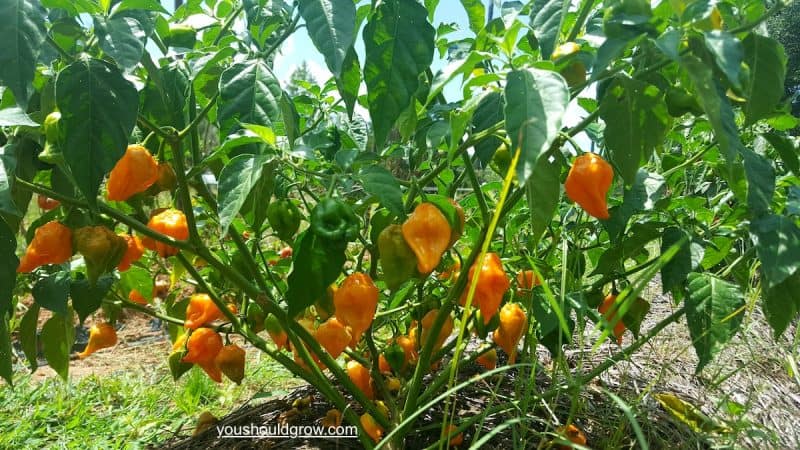
It’s quite simple to save seed from most vegetables, and peppers are no exception. The first thing you’ll want to consider is which plants to save seed from.
Similar to saving seeds from other types of produce (like tomatoes), your best option is to choose an open pollinated or heirloom variety.
Related: how to save seed from tomatoes
The terms open-pollinated and heirloom are often used interchangeably, and they simply refer to the stabilized genetics of a particular variety. In other words, when you save seed from open pollinated varieties, what you grow is what you get.
On the other hand, seed saved from hybrids will show some degree of variation from the parent plant. Learn more about hybrids here.
How To Save Pepper Seeds
Once you’ve know you have an open pollinated pepper plant to save seeds from, you’ll want to choose the healthiest plant with the largest peppers if you can.
You might also like: How To Overwinter Pepper Plants
To ensure that the seeds are fully developed, leave the pepper on the plant until it turns from green to its final color. You’ll know it’s fully ripe when the skin starts to wrinkle and wither up.
That’s when you can feel safe that the seeds inside the pepper have developed fully, and you’ll get the highest proportion of viable seeds.
Removing seeds from peppers to save
Once the pepper is fully ripe, open it to reveal the seeds attached to the stem end of the pepper. The technical term for that white portion of the pepper with seeds attached is the placenta.
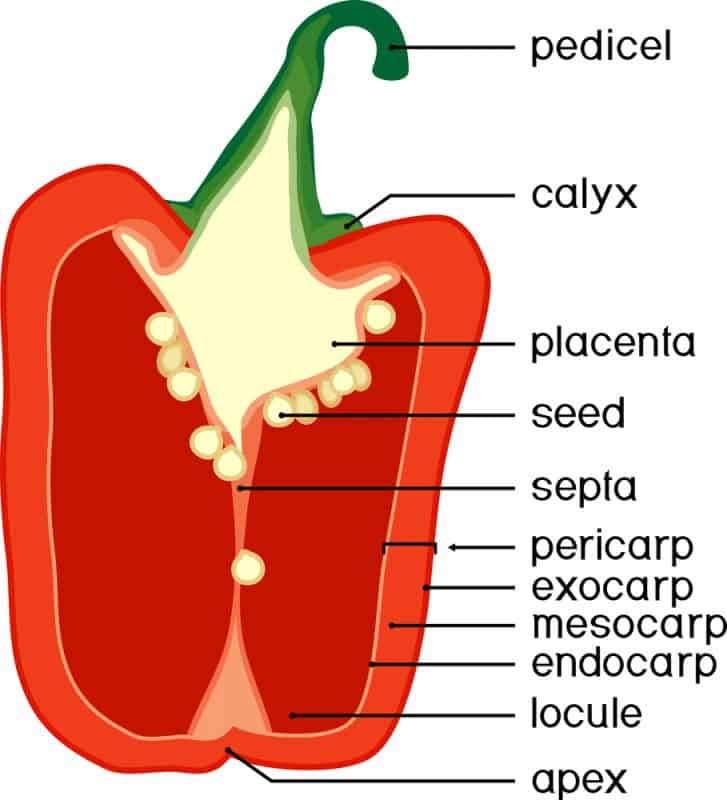
Remove the seeds from the placenta and discard any that are misshapen or discolored. Place the seeds in a single layer on a paper towel, plate, or newspaper.
Choose a location out of your way to let them dry completely (usually about a week). Protect them from extreme temperatures, moisture, and direct sunlight while they are drying out.
Storing saved pepper seeds
Our favorite method for storing saved seeds is in paper envelopes. We purchased a box of envelopes like these which are easy to label and keep organized.
However, we also use plastic bags and Tupperware containers in a pinch. Whatever you use, it must be labeled with the type of plant, variety, and the date/year you saved the seed.
Most of our seeds are organized in plastic drawers like these with each drawer containing one category of seed such as peppers, tomatoes, or melons.
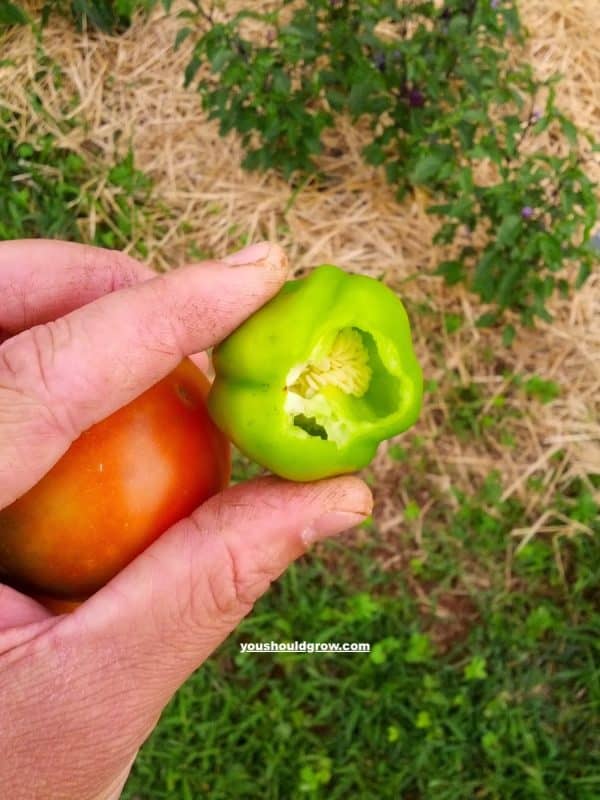
You can store seeds at room temperature or cooled (like in the refrigerator), but no matter where you keep your seeds, you must ensure that they are in a dark, cool space.
Moisture, heat, and sunlight can all damage your saved seed and decrease the percentage of seeds that will germinate when you plant them.
Can you save seed from storebought peppers?
Yes, probably.
Issues that may come from saving seed from store bought peppers include:
Saving unripe/immature seeds, unknowingly saving seed from hybridized varieties, and the potential that growth inhibiting herbicides and pesticides were used on the pepper.
What happens if you save hybrid seeds?
There’s no reason you can’t save seeds from hybrid peppers, but you should just be aware that the plants that grow from those seeds might be different from the parent pepper plant.
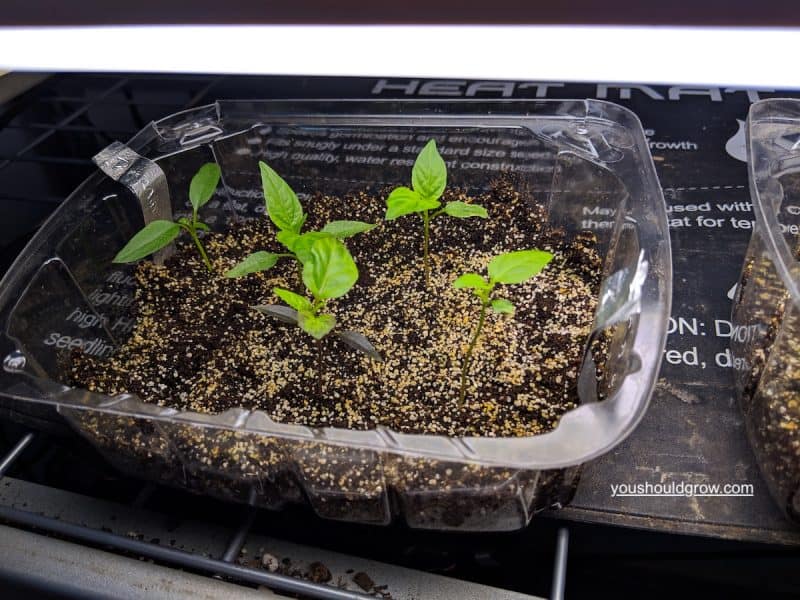
It may have a different color, size, shape, ripening time, disease resistance, or any other genetic variation when compared to the parent pepper. That’s why most gardeners choose to save seed from heirloom peppers.
But if you only have hybrid plants, you can totally save their seeds if you want to.
How long will saved pepper seeds be viable?
When stored properly, saved pepper seeds will be viable for many years if not decades.
Over time, the percentage of seeds that will germinate if planted will continue to decline, but I’ve successfully grown peppers seeds that have been in storage for over 5 years.
What peppers are you saving seed from this year?
Share your experience in the comments!


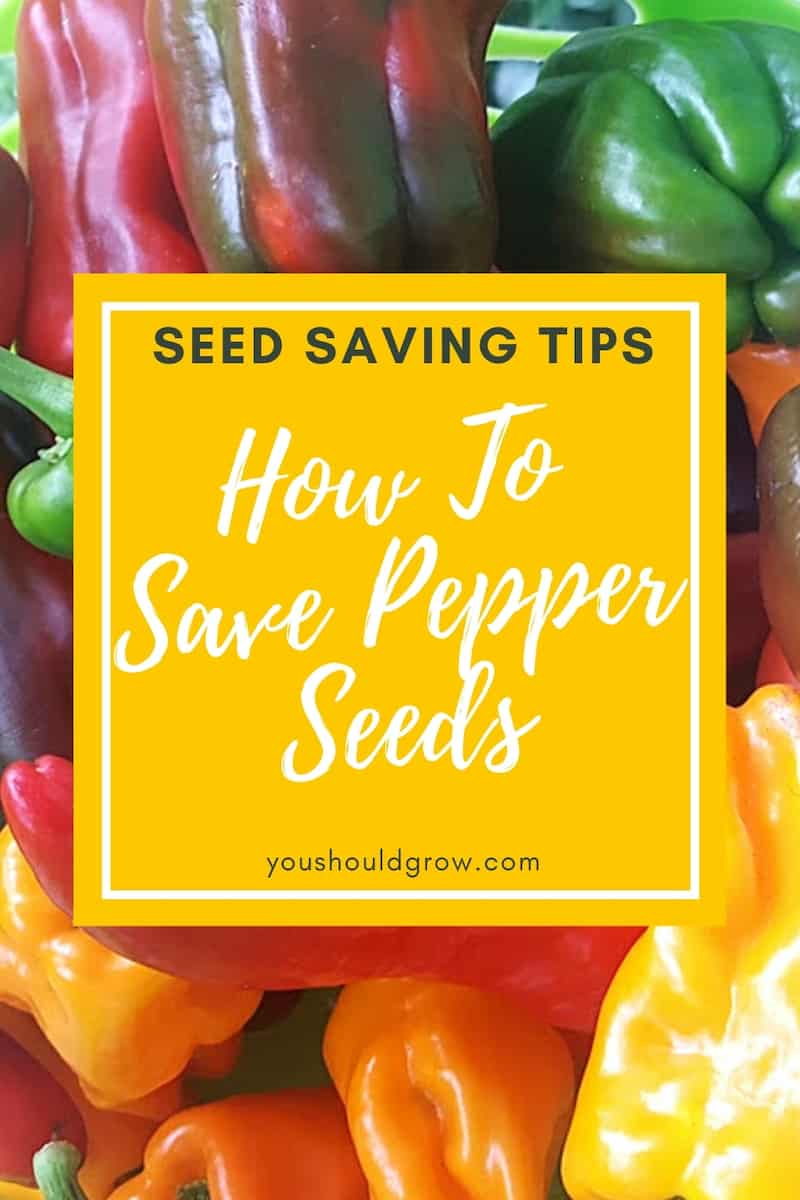
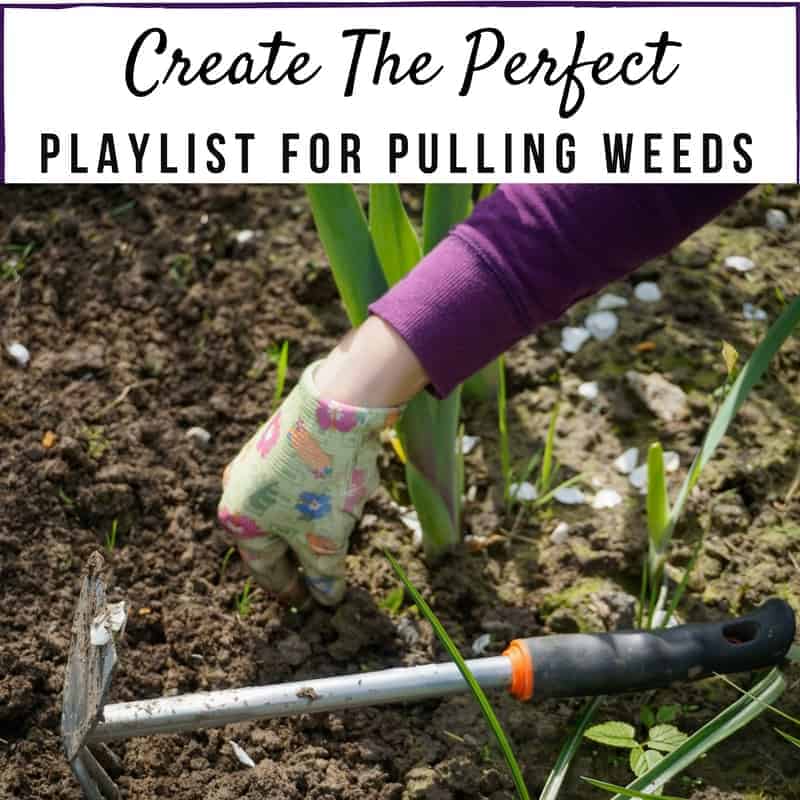
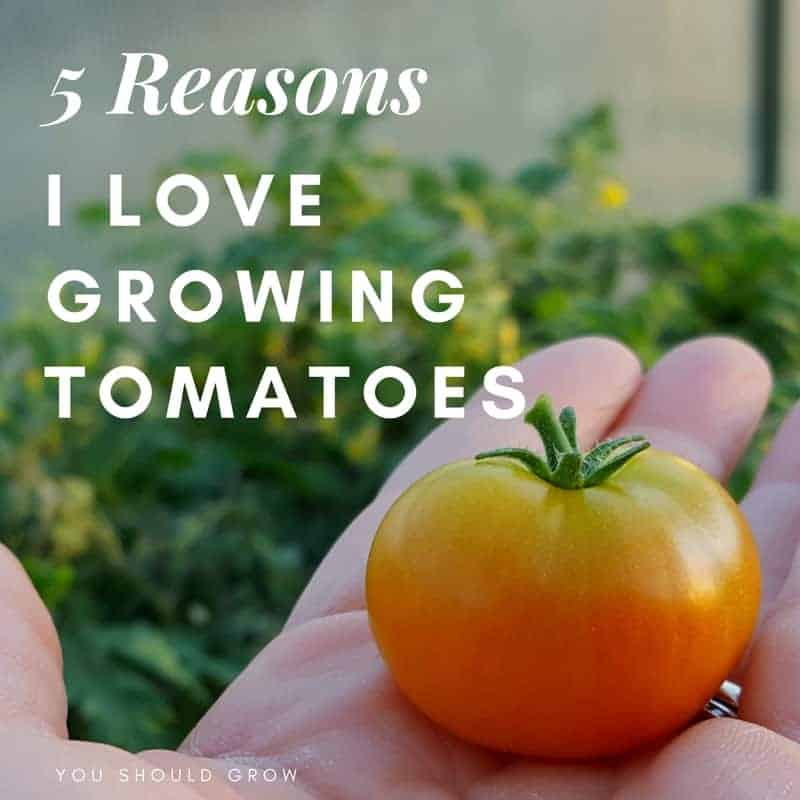
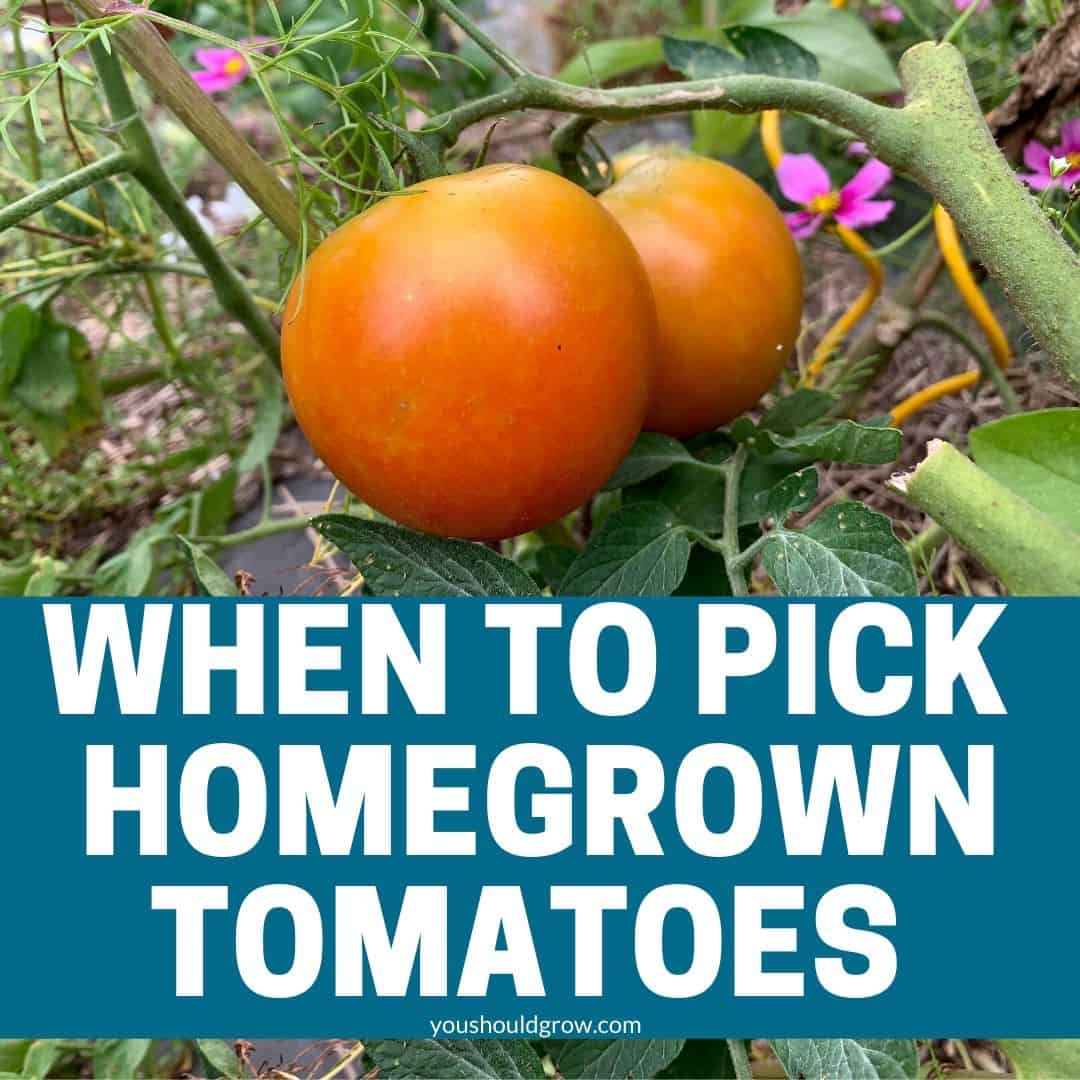
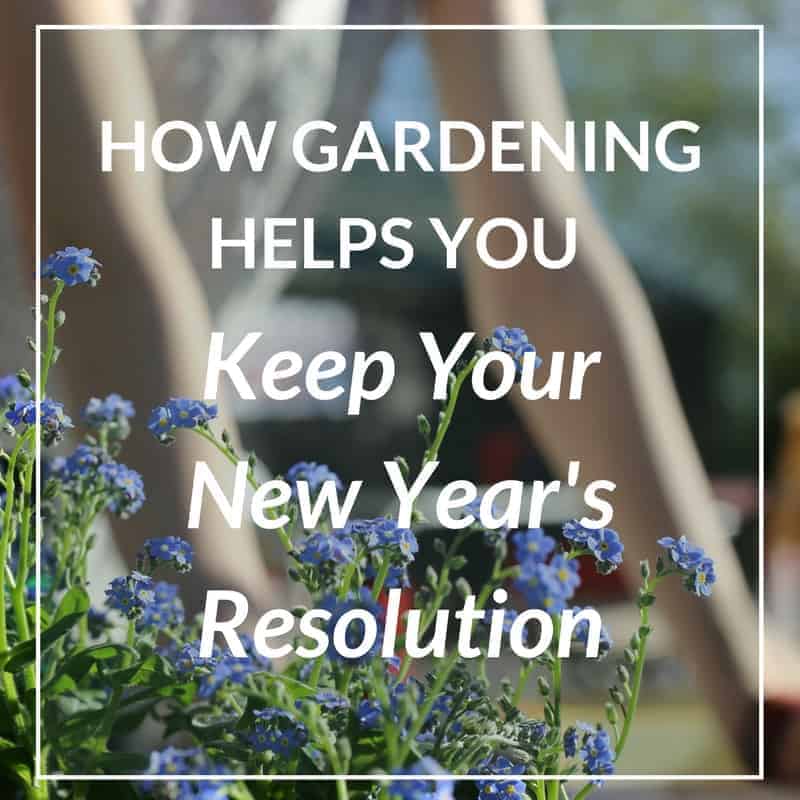
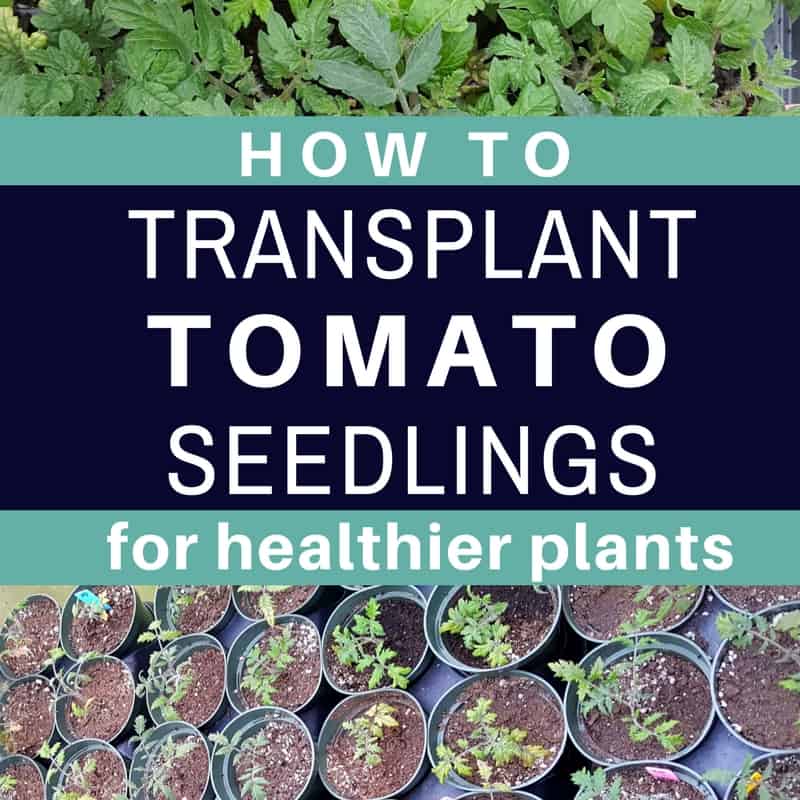
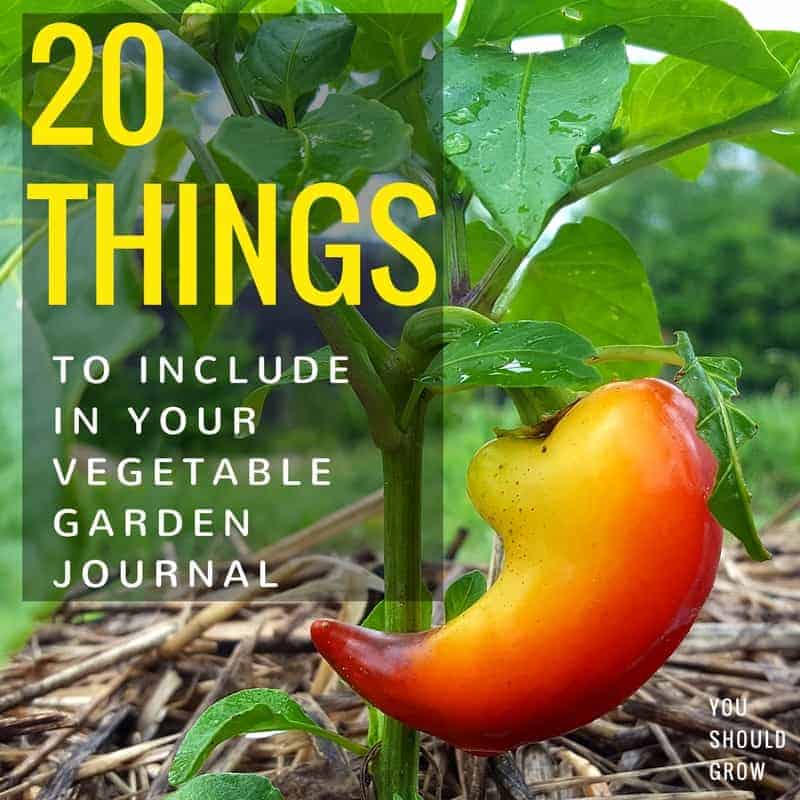
I’ve been told to put seeds in water. Keep the floaters and toss the rest as they are not suitable for growing. Any thoughts?
Sinkers are the keepers, and I’ve only seen that for cucumbers seeds.